Did a Google helpful content update strike on your site?
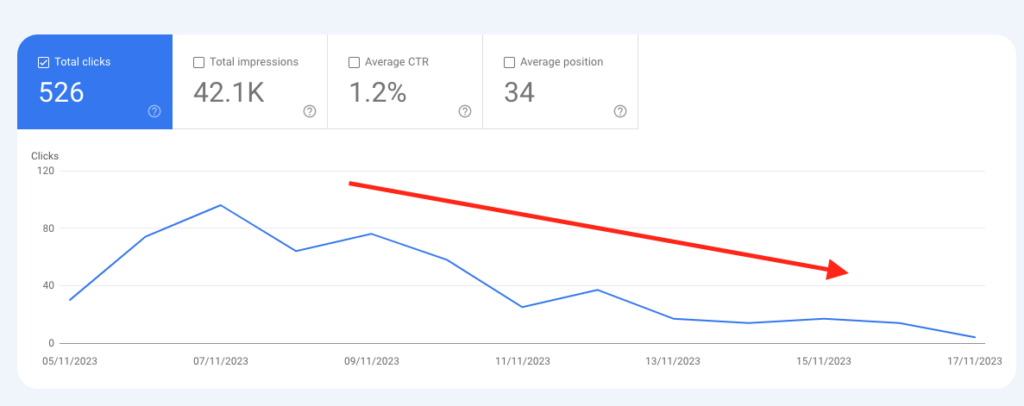
The good news is that usually, the site recovers itself in days or weeks.
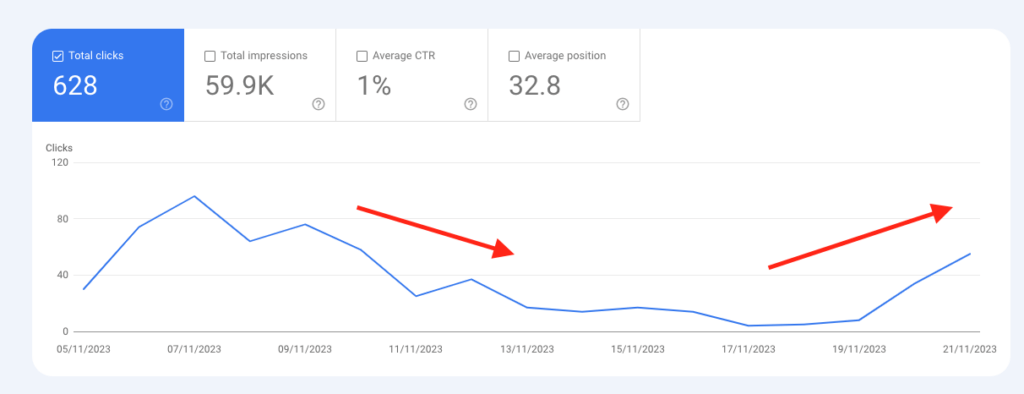
So most of the time, you don’t need to do anything! 🙂
The bad news is that if your site really got hit, the recovery process is usually tough.
In fact, the word “recover” isn’t descriptive.
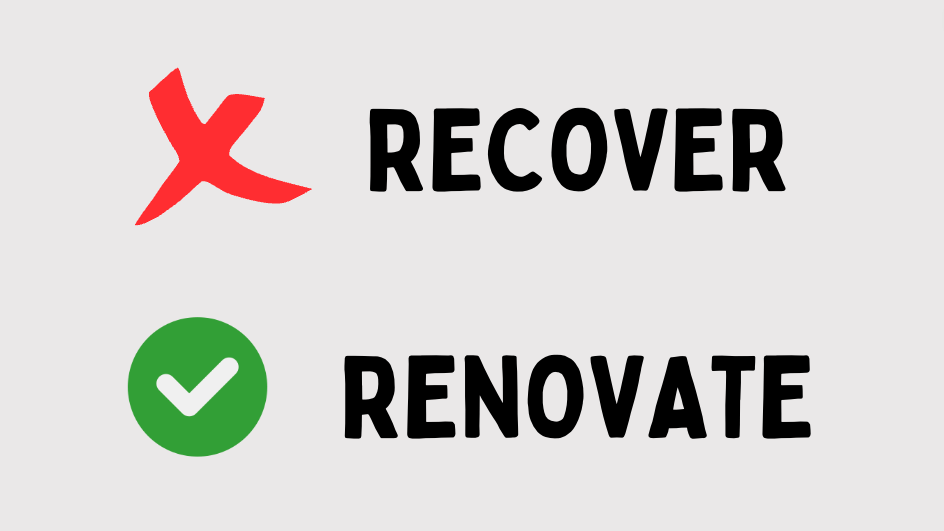
Instead, it’s about completely renovating your content to meet Google’s “helpfulness criteria” again.
Let me show you how to do it.
1. Evaluate Your Content
Google makes helpful content updates to ensure that the search results are helpful for human readers.
To recover from a helpful content update, ask yourself: Is your content truly helpful?
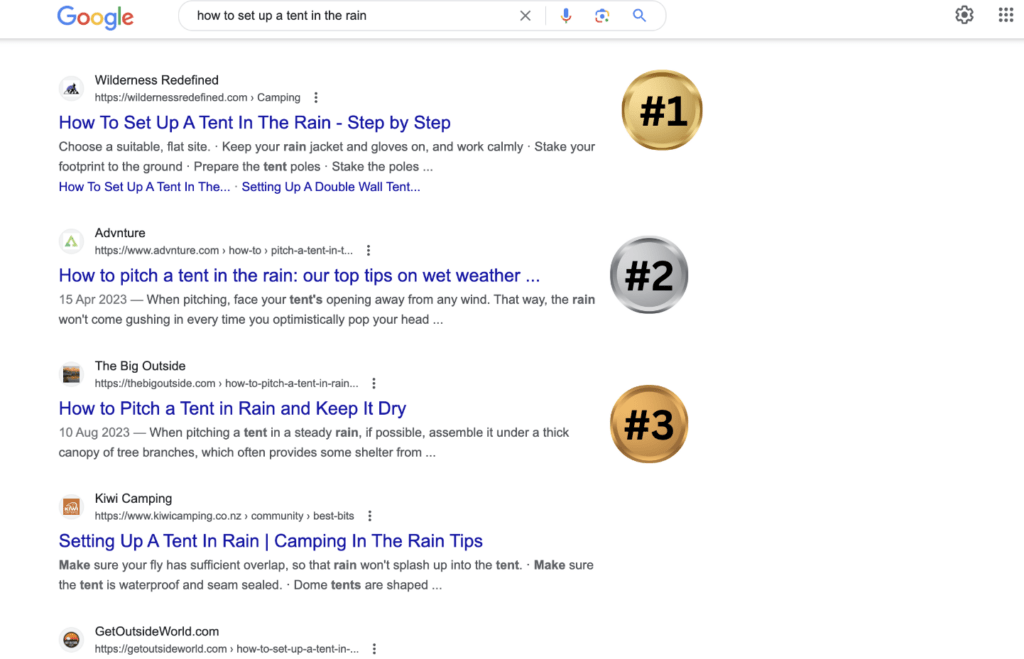
Now, please, be 100% honest here.
If you just research the top search results and write your own version, that’s bad. That’s what even AI could do.
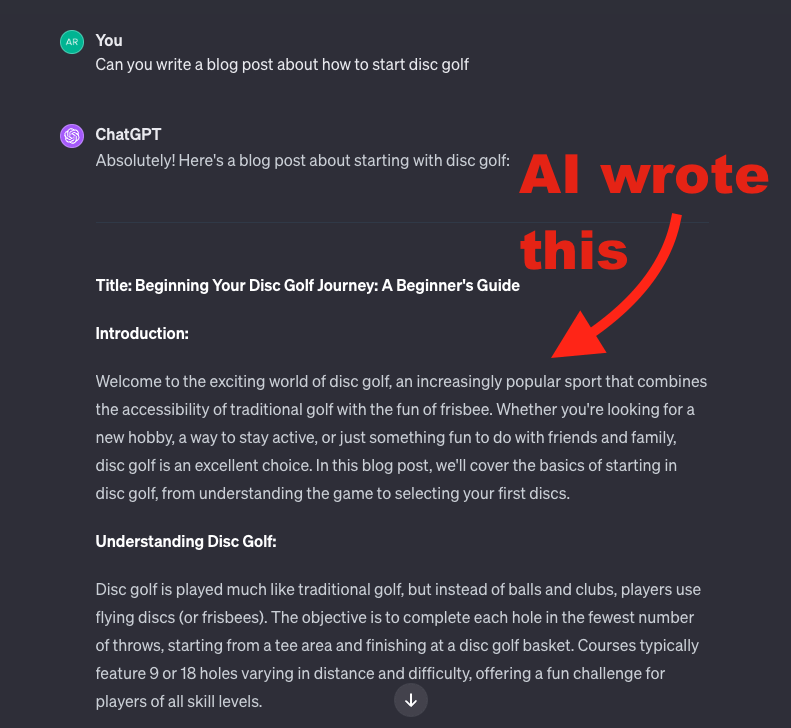
For example, if you’ve never played disc golf and write a post about it, that’s 99% of the time not helpful.
But if you’re able to mix in your unique experiences as a player, that post comes alive.
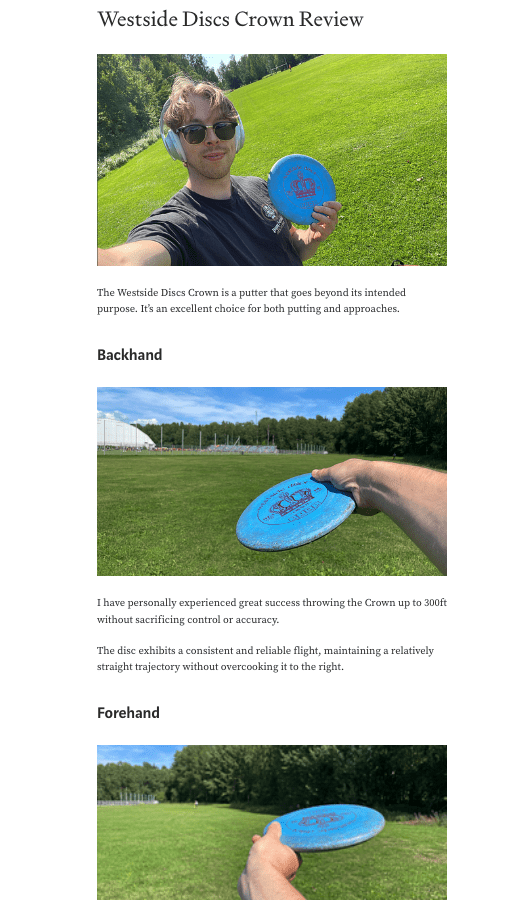
A blog post that ranks should always “add to the web”.
It should have unique information, experiences, and expertise, and provide value like no other resource.
Make sure to read: How to Write a Blog Post That Ranks
But does that mean you need to be an expert to start a blog? Absolutely not.
Just to show you an example, I wrote a post about seaside cottages in Finland.
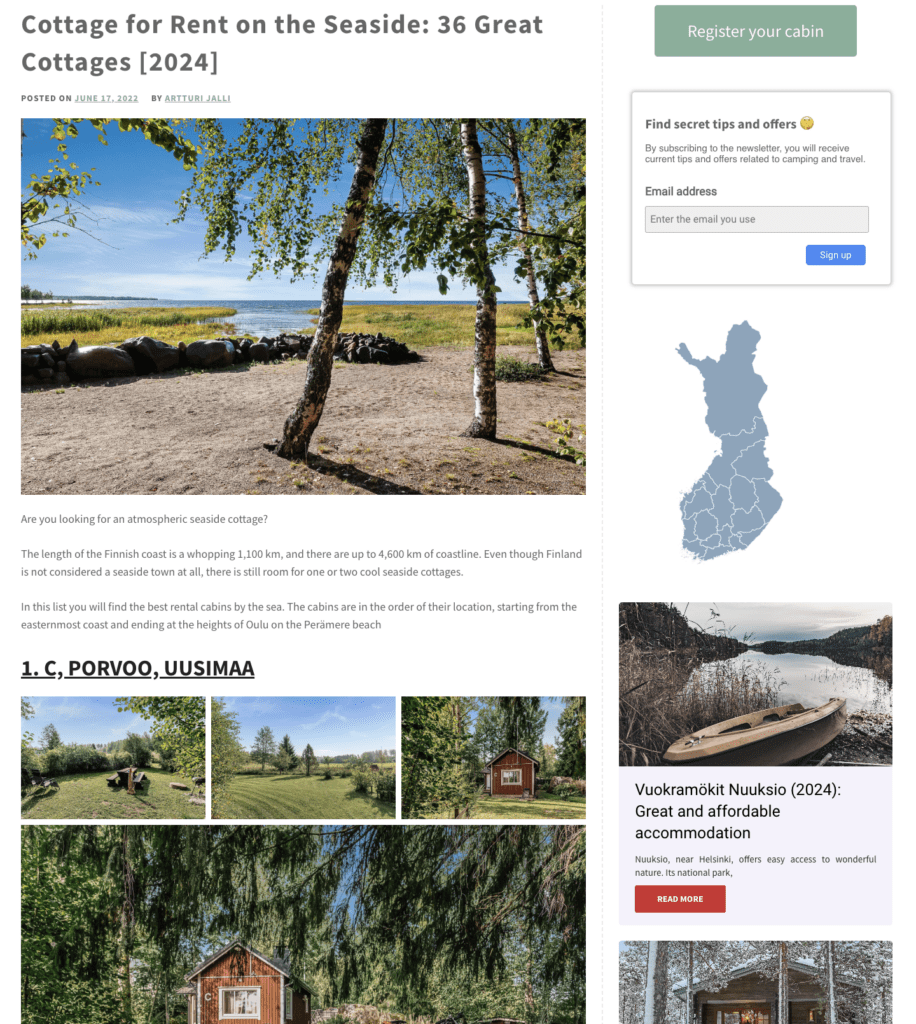
I spent about 2-3 hours finding the cottages so the readers don’t have to. This provides real value for my visitors and “adds to the web”.
Last time I checked, I was the only resource on the internet who did that.
This is the power of blogging. Not just writing content but actually helping visitors.
Here are some ideas for writing truly helpful and useful content:
- Share your experiences.
- Show your expertise (if you have).
- Link to useful resources and studies.
- Run original case studies.
- Save your readers’ time by doing the research for them.
- Be the first to cover a topic.
- Make your post the most informative post on the internet.
- Don’t repeat what’s already out there.
- Create supporting visuals to simplify complex topics.
💡 You don’t need to be an expert to write helpful content. But you essentially want to become one as you write!
2. Obsess Over User Experience
Make your post accessible and easy to read.
If we jump back 15 years in time, it was enough for a post to just have text.

But that kind of content isn’t really helpful.
People expect much more than just plain text.
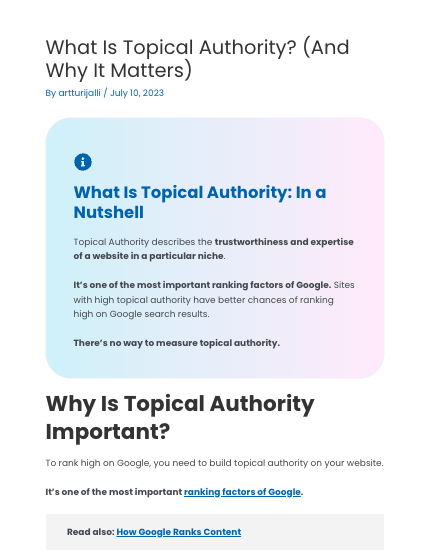
A good user experience on a blog today means:
- Quick summary for busy people
- A ton of original visual elements (images, infographics, visualizations)
- Simple language
- A “skimmable” blog post structuring
- Alt texts for people who listen to blogs
- A good-looking fully functional mobile version
- Fast loading times
Notice that usually, you don’t need to worry about the technical details of the site such as speed or mobile optimization.
Just make sure your site is:
- Usable and looks nice on mobile
- Loading roughly as fast as your competitor’s site
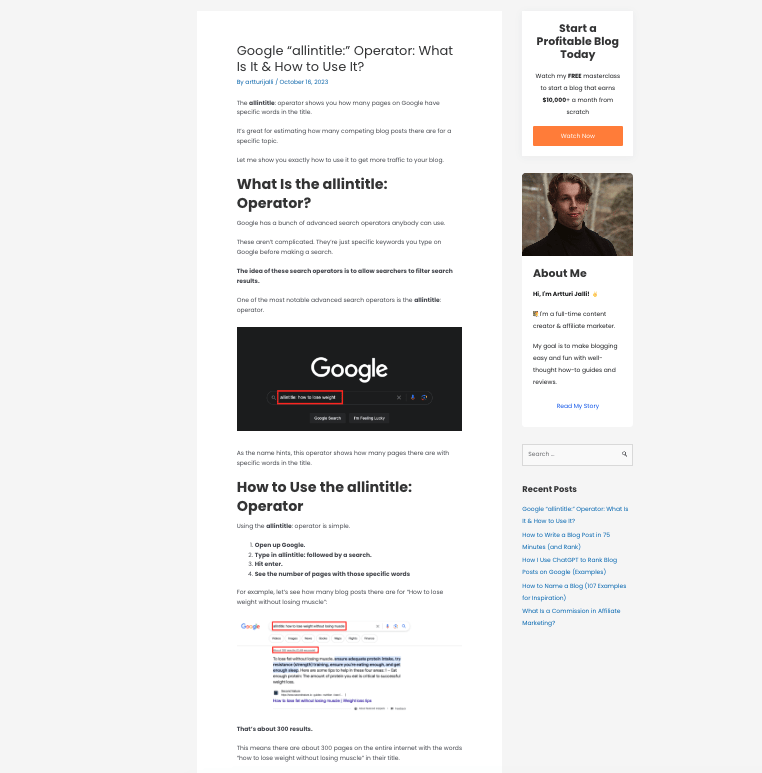
But then come those content-related aspects. These are what you need to take care of.
Follow these steps to stand out in user experience.
#1 Start with a Summary
Add a “short version” with key takeaways to the beginning of the post.
Make each blog post accessible for people who only have 15 seconds of time (or patience).
If you’re writing a product review or a roundup post, it might make sense to add a short list of the products before.
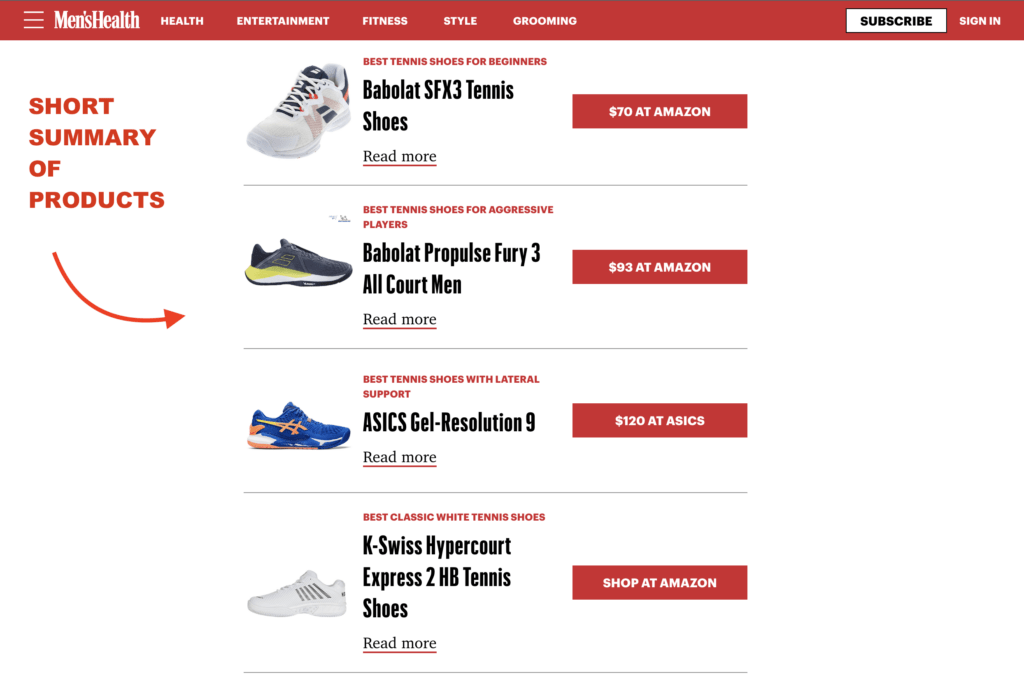
#2 Obsess Over Visuals
Add supporting images as much as you can.
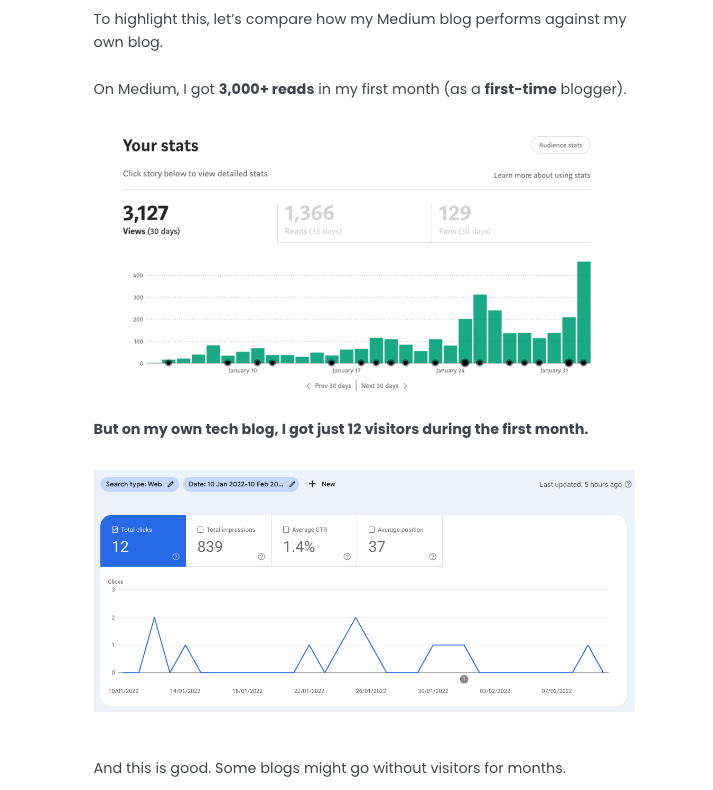
Don’t use stock photos unless you have to.
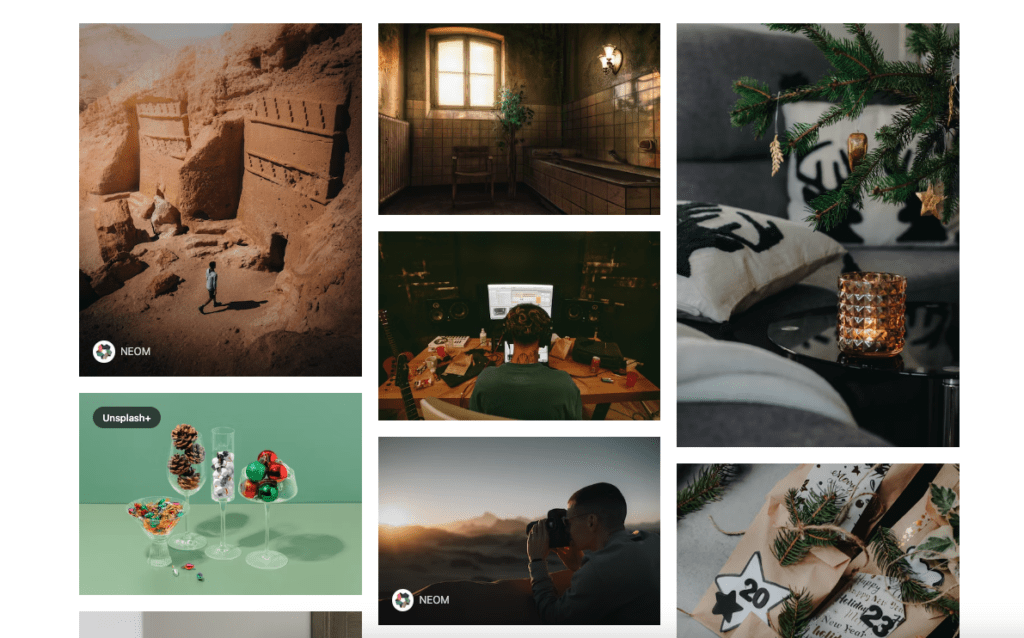
Go out there and take those images yourself. Mobile device camera quality is more than enough!
4 Reasons to Avoid Stock Images in Blog Posts
#3 Keep It Simple
Don’t outsmart your reader with overly complex language.
Make it so simple that an eighth-grader can understand.
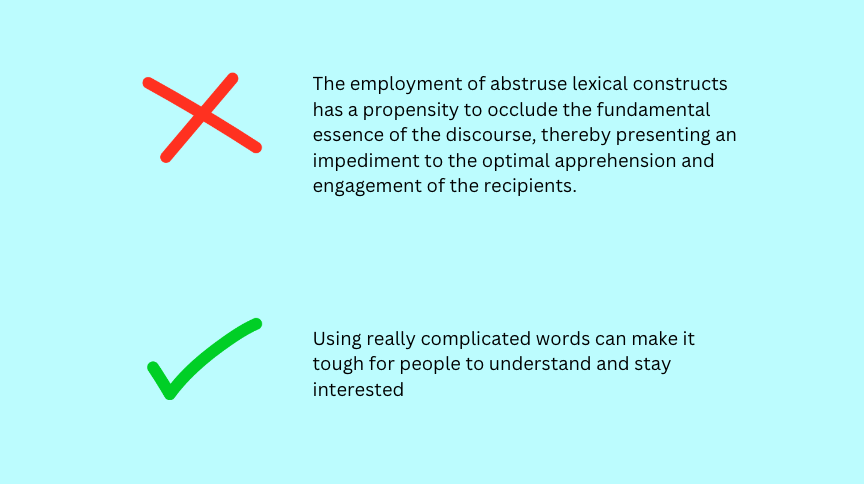
#4 Have a Good Structure
Structure your post with headings, subheadings, tables, lists, and visuals to break the text nicely.
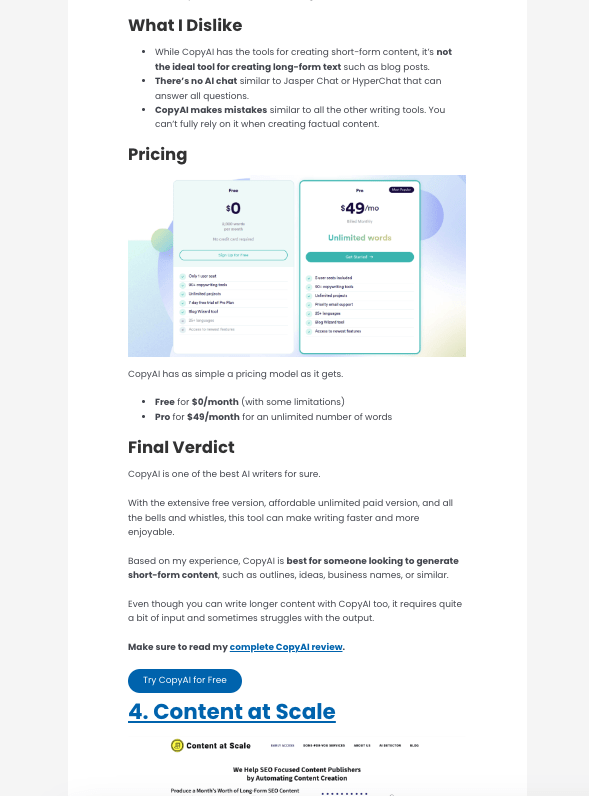
Someone who quickly scrolls through should always know what’s going on.
#5 Avoid Walls of Text
Avoid walls of text. Nothing looks more boring and overwhelming.

Write 2-3 sentences per paragraph. This way your post looks nice on a mobile device.
You can use this blog post as an example. If you’ve paid attention, most of the chapters are very short.
#6 Add Alt Texts
Add alt texts to your visualizations.

These are not the same as image captions or descriptions.
Alt texts have a more important purpose: They help the visually impaired and people who listen to blogs.
Make every post accessible to everyone!
#7 No Jargon
Don’t add any excess jargon. Instead, jump straight to the point and solve the visitor’s problem as quickly as possible.
3. Forget about Keywords
Don’t use keyword placement strategies when you write. That can only hurt.
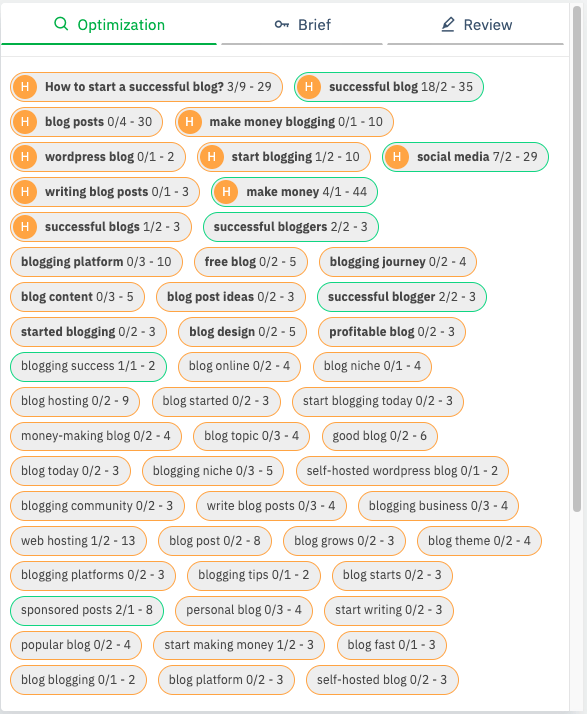
Google can easily see if you’ve placed keywords naturally or to please the algorithms.

I’m not saying you shouldn’t research keywords. But do not think about keywords when you write.
Write for humans. Not for robots.
Google reads blogs like humans these days. They understand your content 100% even though you didn’t use an exact match keyword.
A classic example is when you search for “Best automobiles”.
Google knows that an automobile is the same thing as a car.
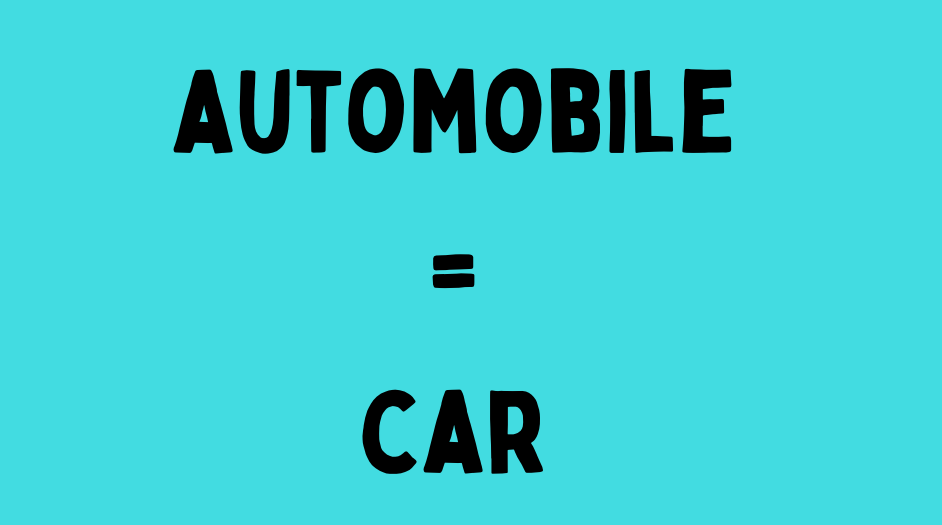
The search results don’t mention automobiles but still rank for that keyword.
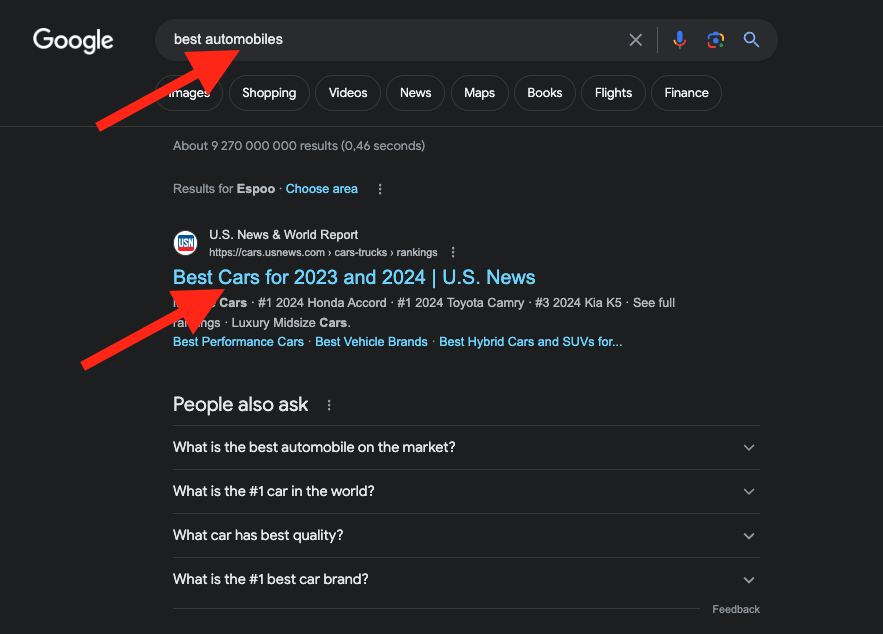
Remember, we’re talking about helpful content here. If your content is helpful for algorithms but not for your readers, it is not helpful.
Google is a fine product.
It’s no longer possible to outsmart their system by stuffing keywords, acquiring links, or doing any silly SEO strategies from the past.
4. Update Regularly
It’s easy to forget that a blog post is like a micro business and a living creature. It’s never a fully finished product. It needs iterations.
I have updated all my blog posts this year on this blog. That’s because I’ve added/removed information and linked to new resources.
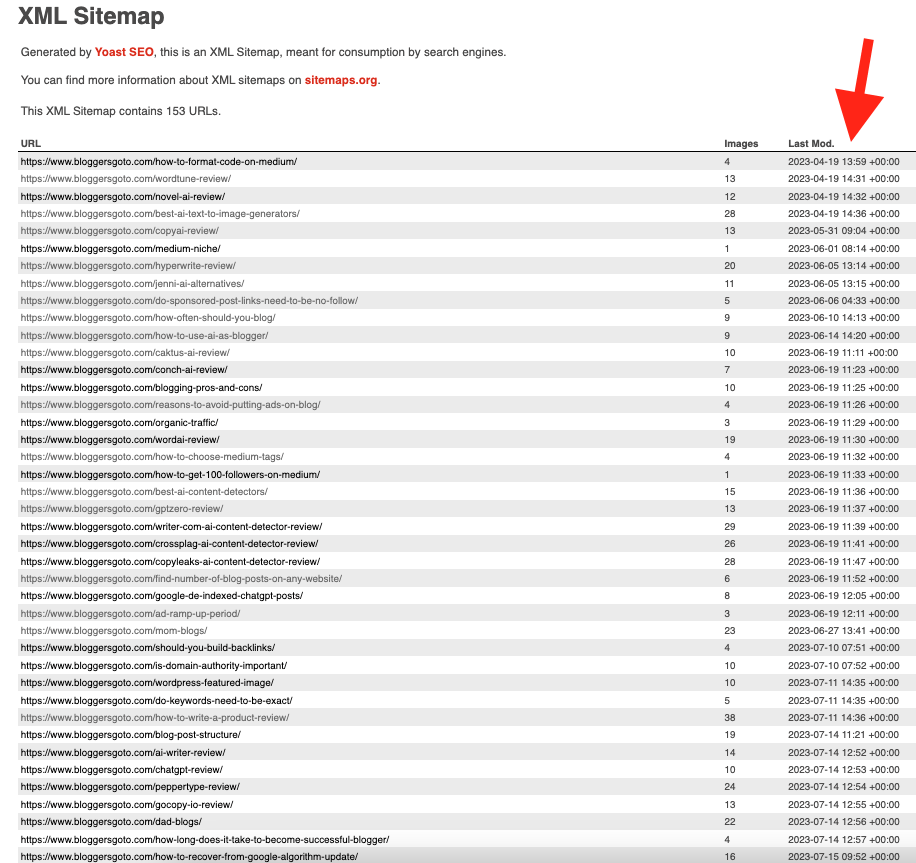
If your topic is time-sensitive, you need to push regular updates to it.
For example, a blog post about AI image generator tools from 2022 is from the Stone Age in 2023.
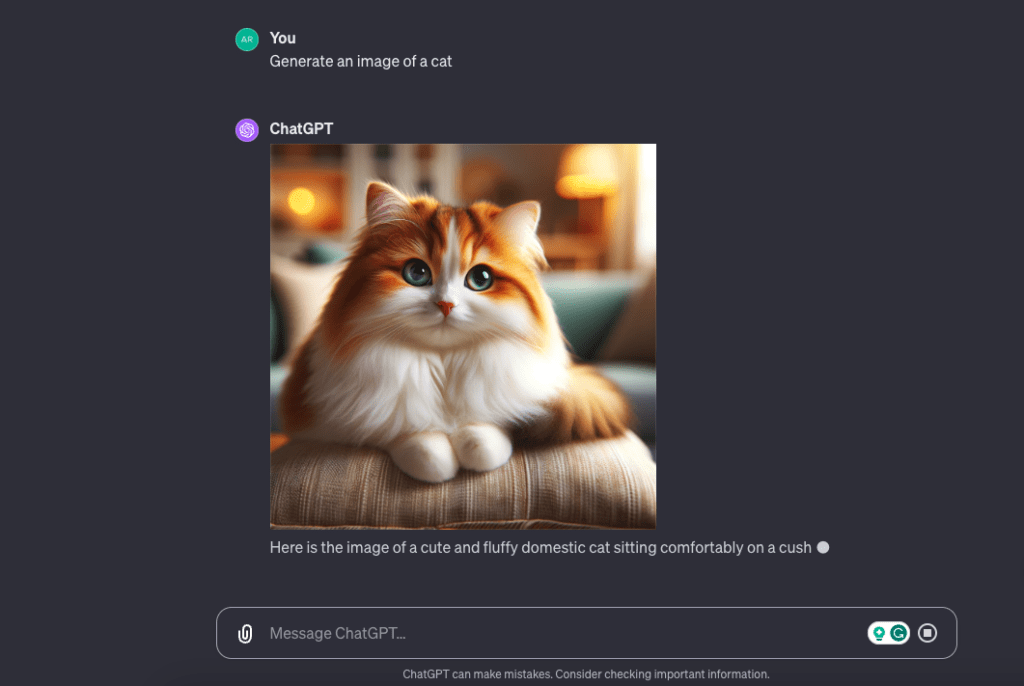
But in other topics, the information might be evergreen and remain relevant for ages.
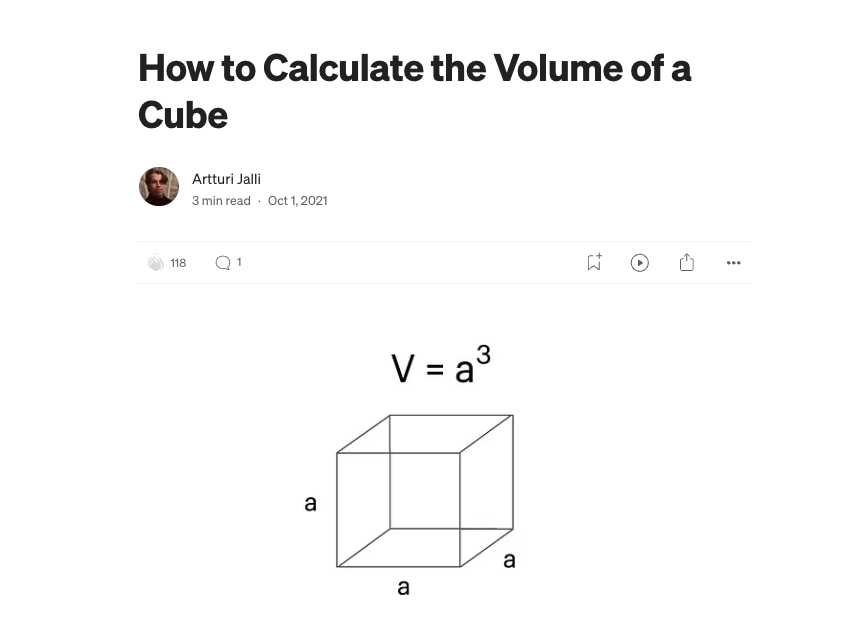
But you should still update those.
Why?
To add links to your newer resources from the existing posts.
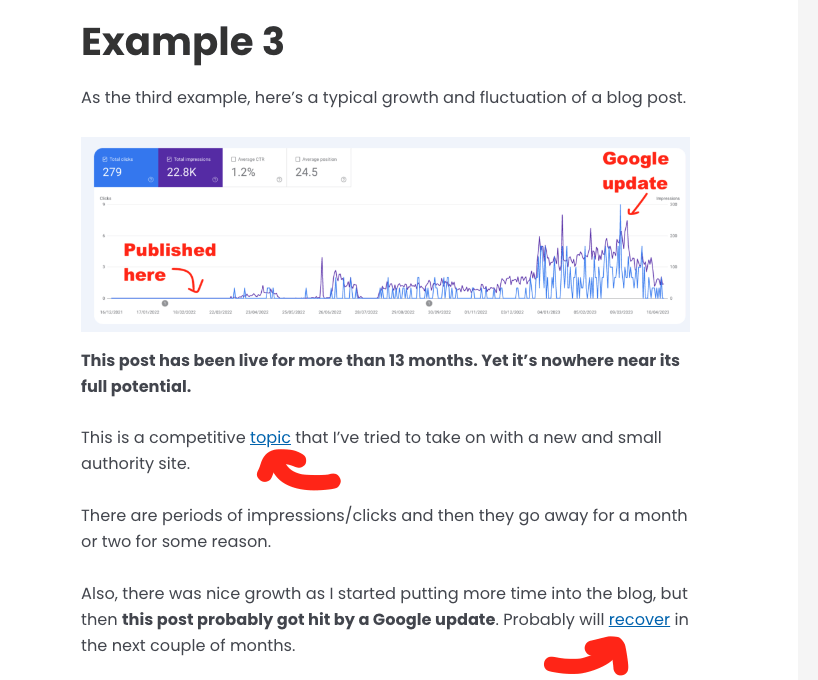
Also, if you’re using old visuals that aren’t up to par with today’s expectations, it might be time to refresh those too.
Here’s an image from my tech blog that I should probably update soon…
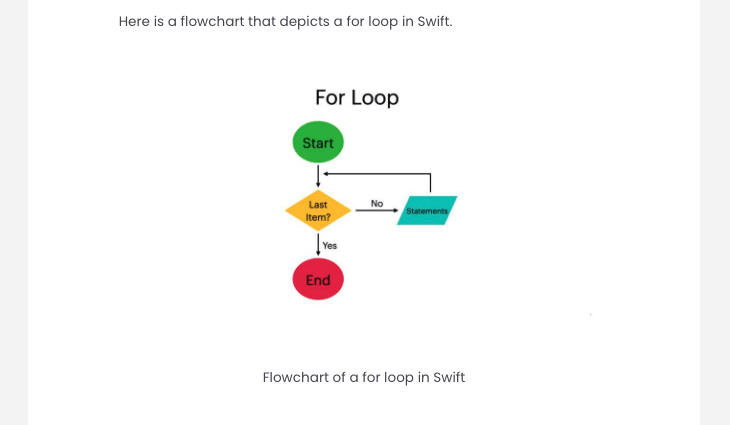
5. Improve E-E-A-T (Experience, Expertise, Authoritativeness, Trustworthiness)
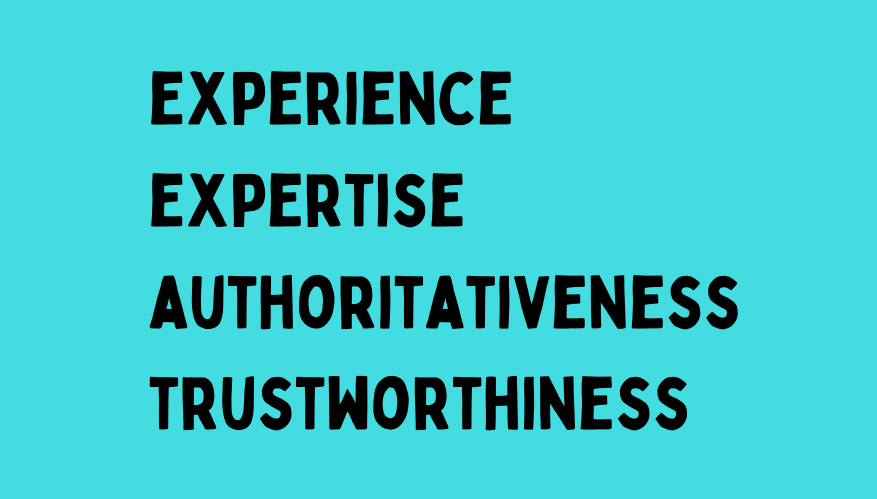
To rank on Google, your site needs to show four things:
- Experience
- Expertise
- Authoritativeness
- Trustworthiness
Even though these concepts are hard to clearly define, these are what Google results should show.
But these are akin to real-world businesses.
If you visit a doctor, you want them to have experience, and expertise, and to be overall trustworthy.
That’s exactly what Google wants from search results as well.
Here’s what you should consider to show E-E-A-T:
- In product reviews, test the product first to show experience.
- If you share informational content, share expertise, and lead by example.
- Write all the blog posts in your niche to boost authority.
- To build trust, show your credentials. Back up facts with links to resources.
Try to maximize these on your blog.
But remember, you don’t really need to be an expert to start a blog. If you’re not an expert, aim to become one as you write.
In some niches, it’s even better if the author is a beginner too. This can help to relate with other beginners and explain concepts in simple terms.

For example, to start a bowling blog, start bowling.

Join communities, play games, watch tournaments, understand the nuances of the rules, try products, and whatnot.
Meanwhile, write high-quality blog posts and try to cover the entire niche.
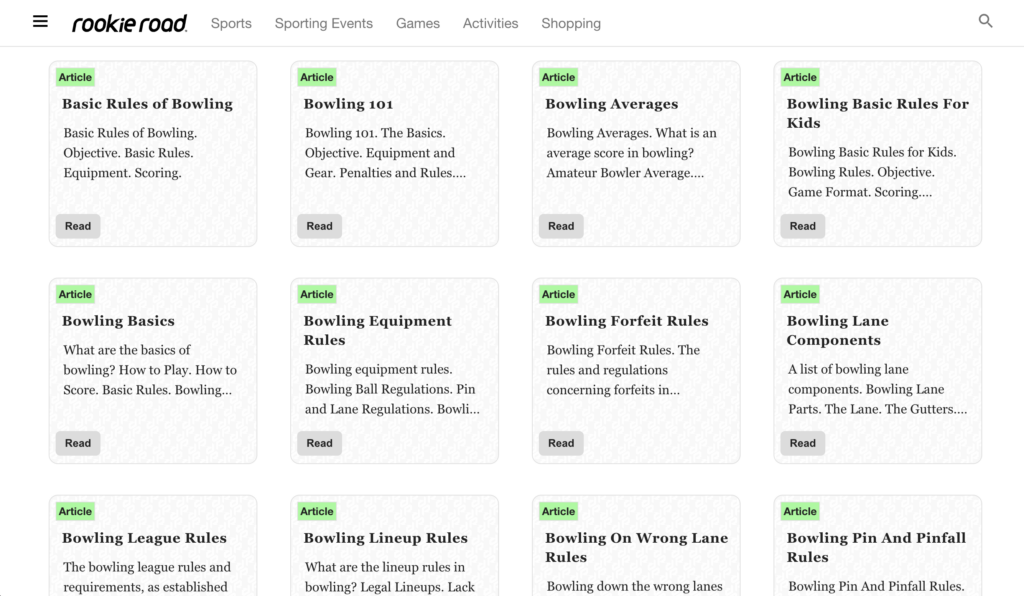
💡 Blogging is like a business. To stand out, you need to work hard for years.
6. Optimize for Mobile
A website that’s not mobile optimal is not helpful. These days, a vast amount of Google searches happen on mobile devices.
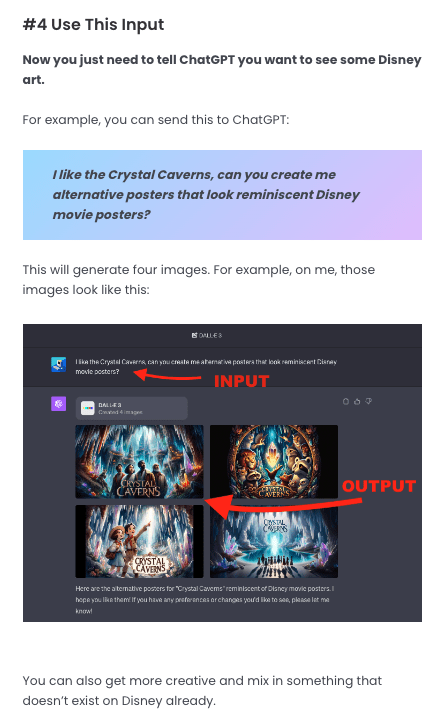
As a matter of fact, Google recommends blog posts with a mobile-first policy.
This means if your website doesn’t look good on mobile devices, it’s also not going to rank.
The good news is that for most of us, there’s nothing extra we need to do. The ready-made WordPress themes and templates already do the mobile optimization.
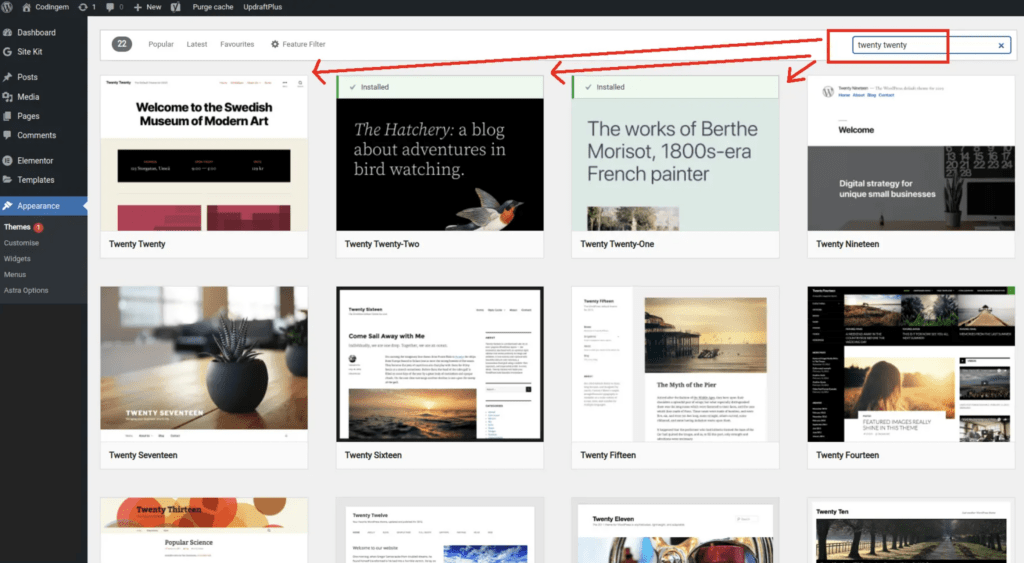
But if your page is not mobile optimal, here are some (technical) tasks you should do:
- Responsive Design: Use a design that adjusts to different screen sizes, from desktops to smartphones.
- Loading Speed: Improve loading times by compressing images, using browser caching, and minimizing heavy scripts.
- Simplified Navigation: Design an easy-to-use menu system for small screens.
- Touch-Friendly Interface: Ensure buttons, links, and forms are easy to tap on a touchscreen.
- Readable Content: Use larger fonts, high contrast, and break content into manageable sections with subheadings and bullet points.
- Optimize Images and Media: Use appropriately sized images and consider their impact on loading times.
- Test on Mobile Devices: Regularly test your blog on mobile devices and browsers.
- Avoid Pop-Ups: Minimize the use of pop-ups, which can be annoying on mobile devices.
- Accelerated Mobile Pages (AMP): Consider using AMP for faster loading on mobile.
But as I mentioned, most of this stuff is automatically done for you.
7. Enhance Site Speed
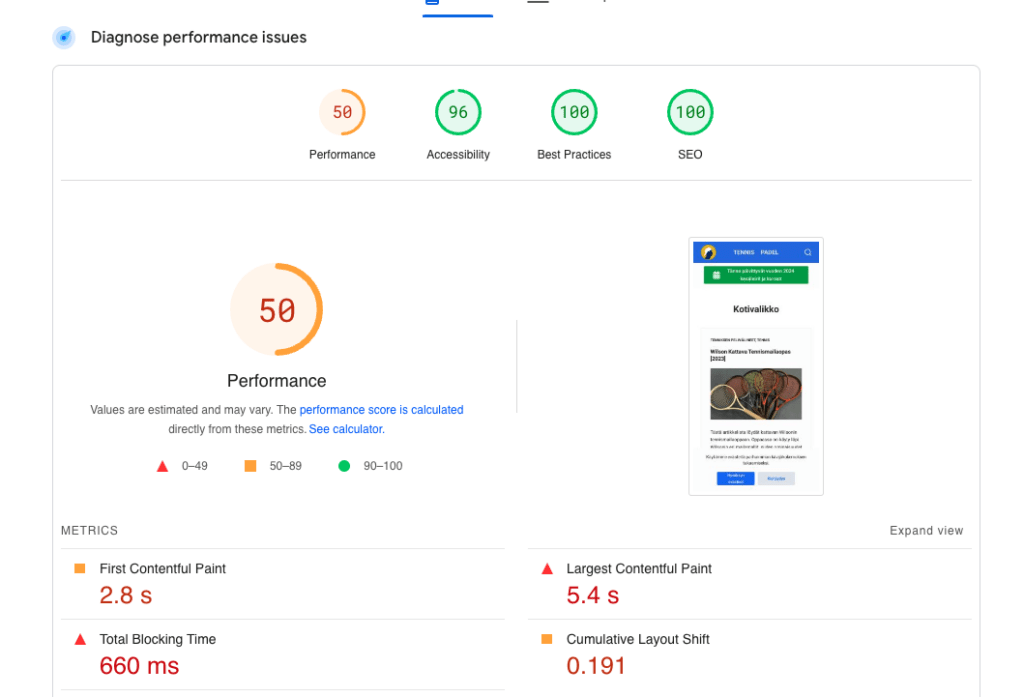
These days, site speed is crucial. Nobody has the patience to wait 15 seconds for a page to load.
Heck, some people don’t even have the patience to read for 15 seconds.
Thus, page speed is crucial.
But once again, this is usually something you don’t have to worry about as long as you’ve used a modern web host and theme to build your site.
If your page loads roughly as fast as your competitors, you’re doing great!
But if you’ve created your website ages ago or have coded it from scratch, then this step could move the needle for you.
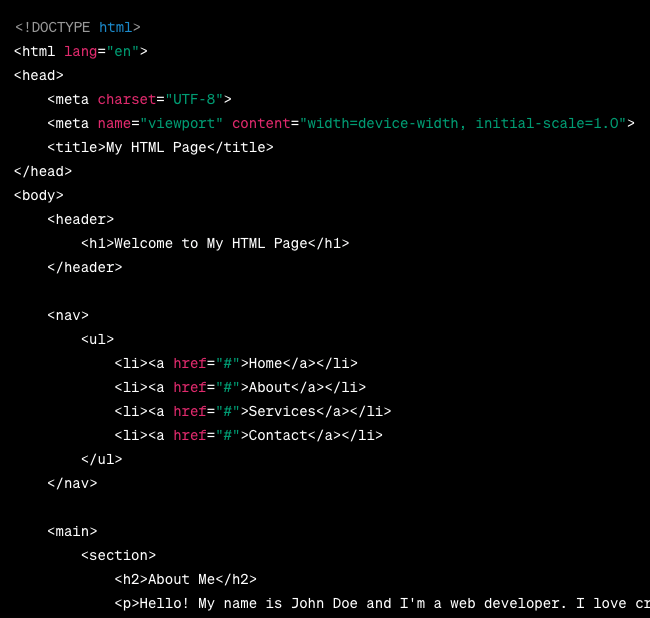
For the sake of completeness, here are some technical things to consider:
- Optimize Images: Compress and resize images without sacrificing quality. Use modern formats like WebP for better compression and quality.
- Minimize HTTP Requests: Reduce the number of elements on your page, like scripts, images, and CSS files, as each one creates an HTTP request.
- Use a Content Delivery Network (CDN): CDNs distribute your content across multiple servers globally, reducing the distance to the user and improving load times.
- Enable Browser Caching: Store parts of your site on visitors’ browsers, so returning visitors can load your page faster.
- Minify Files: Reduce the size of your CSS, JavaScript, and HTML files.
- Asynchronous Loading for CSS and JavaScript: Load files asynchronously to speed up your pages. This means certain elements can load without waiting for the preceding elements to finish.
- Optimize Server Response Time: Look for performance bottlenecks like slow database queries, slow routing, or a lack of adequate memory and address them.
- Choose the Right Hosting Solution: Ensure your hosting can handle your traffic and resource needs. Sometimes shared hosting might not be sufficient, and you might need a VPS or dedicated server.
- Use Lazy Loading: Load images and videos only when they are in view for the user, which reduces initial load time.
- Optimize CSS and JavaScript: Use CSS instead of images where possible, and reduce and optimize JavaScript execution.
- Reduce Redirects: Each redirect creates additional HTTP requests, increasing load time.
These technical aspects are usually taken care of for you on your behalf.
There are plugins where you can implement all of these with just a couple clicks of a button.
So you don’t need to worry if none of the above makes sense. 🙂
8. Check Your Site and Analytics
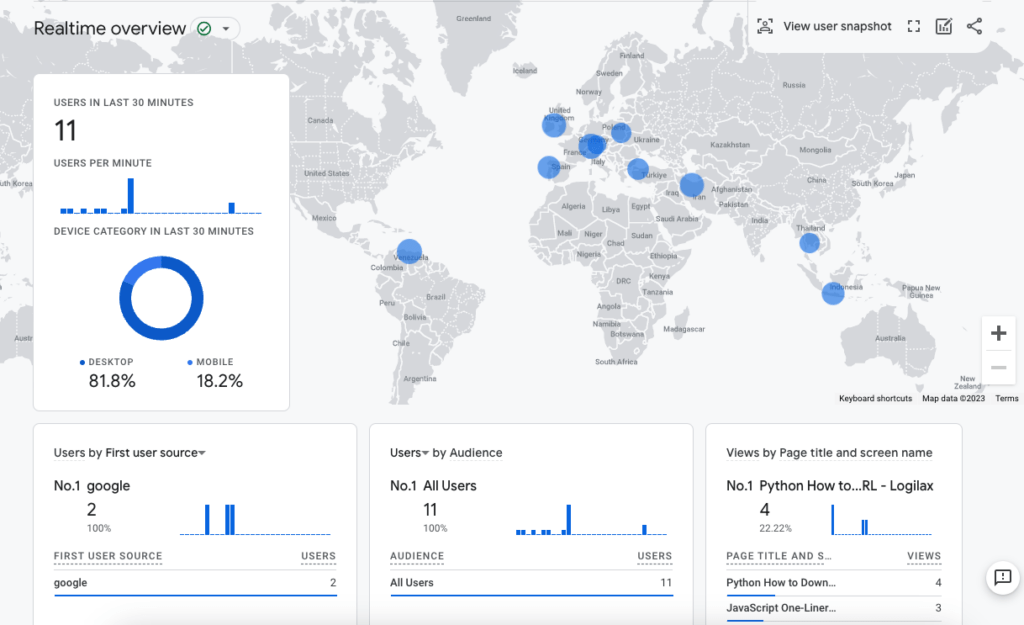
Make sure your site is up by visiting it on multiple devices.
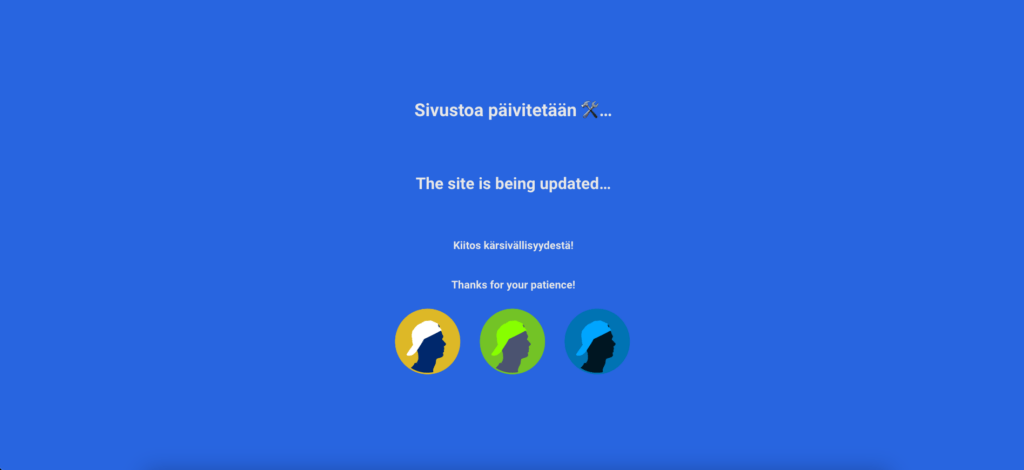
It’s common to have a site go down for a longer time.
It can be a customization, accident, web host failure, advertisement company failure, and so on.
Ensure everything is running smoothly at least once or twice a week.
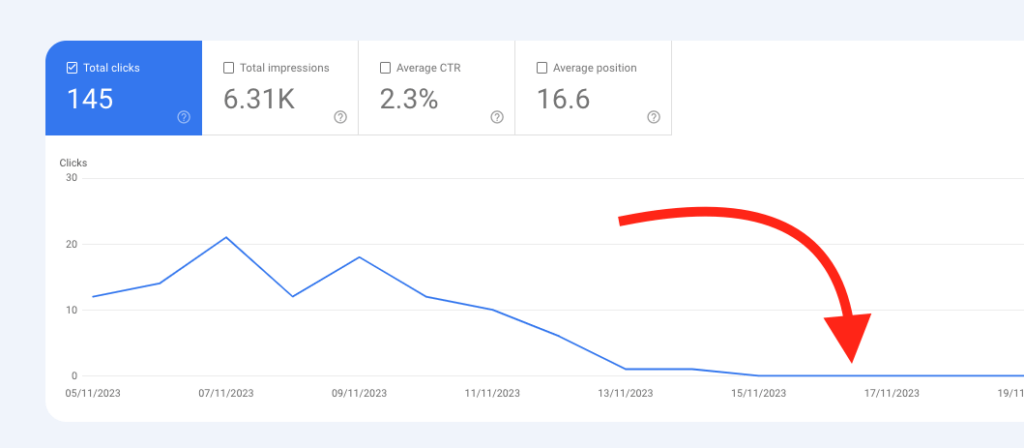
If you visit your site, do it in incognito mode so that you don’t accidentally see the admin version.
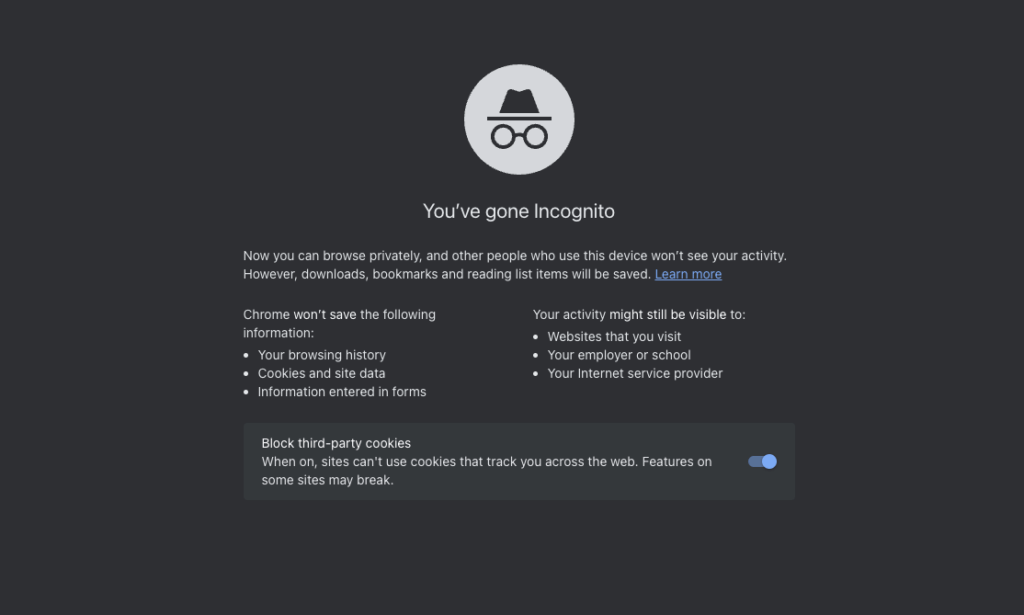
9. Link to Your Own Posts
One of the best ways to show expertise on your blog is by writing a post about every topic in your niche.
What Is Topical Authority? (And Why It Matters)
But don’t let those posts go unnoticed. Leave helpful links to those in your older content.

This forms a network of interlinked posts and gives your website a professional look.
And you guessed it, Google loves it.
Your site should be something where the visitor can find literally everything related to that topic.
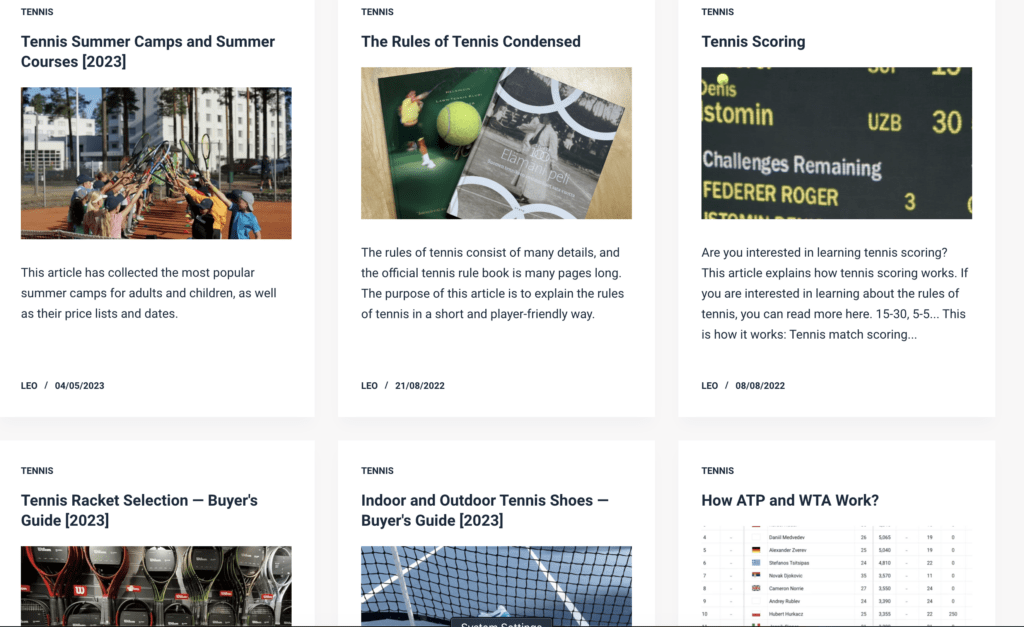
If you cover your topics and leave helpful links to your posts, that will also make your content more helpful and engaging.
The way I link to posts is by using the site: operator.
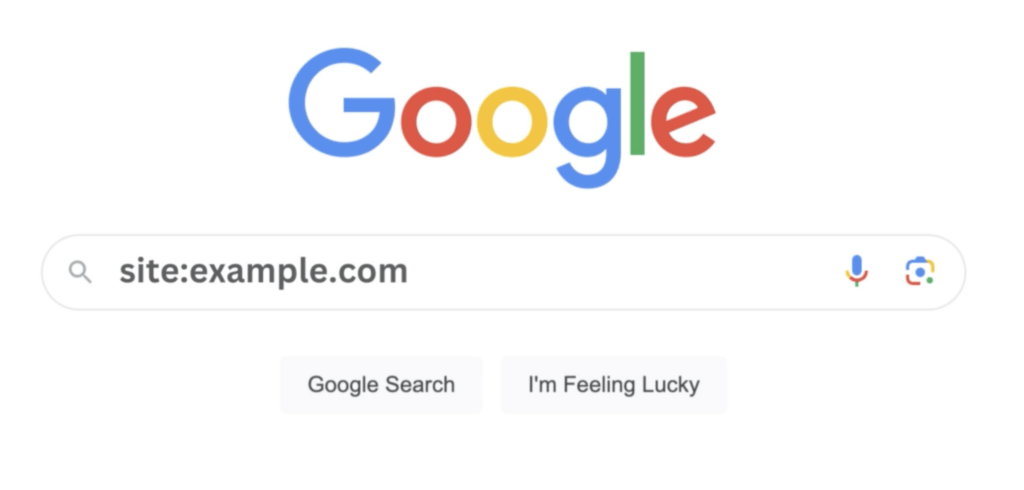
Once I’ve published a new post, I open up Google and type in the site:my-blog-url.com “keyword”, where the keyword is something that’s related to my new post.
For example, say I have just published a post about affiliate marketing.
The first thing I’d do is see every post on my blog that mentions affiliate marketing. Then I can link to my new affiliate marketing post from those existing posts.
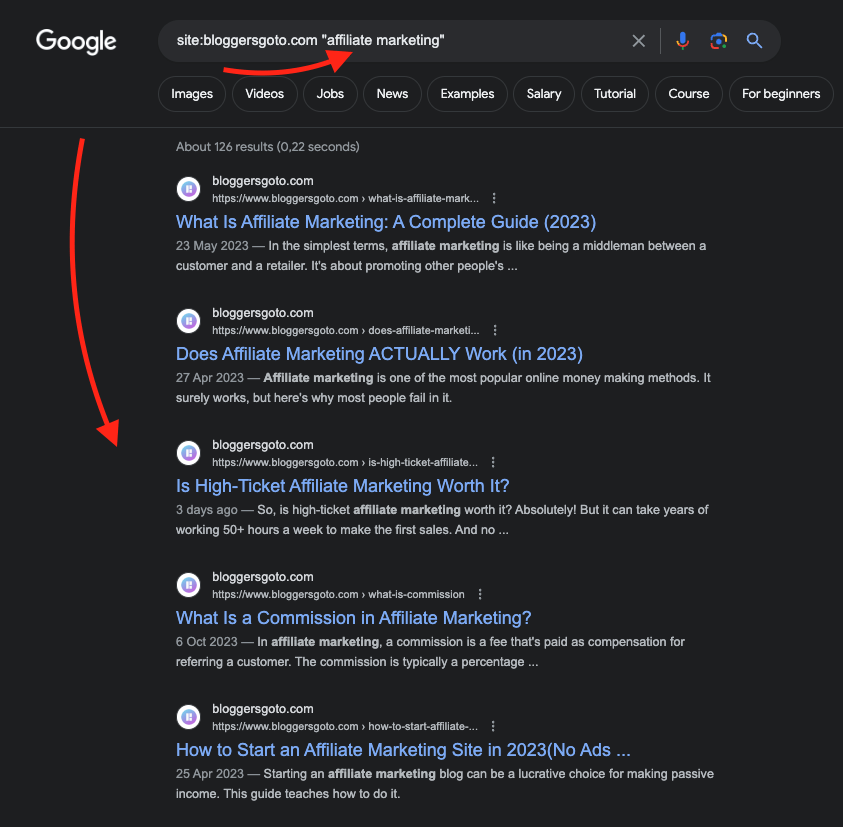
This way I get visitors to my new post right away even before ranking on Google.
And most importantly, it’s a way for me to build the reputation of my site and show expertise and coverage.
10. Backlinks
Do not acquire links to your website. While links matter, built links don’t. As a matter of fact, built links can only do harm.
I’ve never built links to any of my sites, and those are rocking!
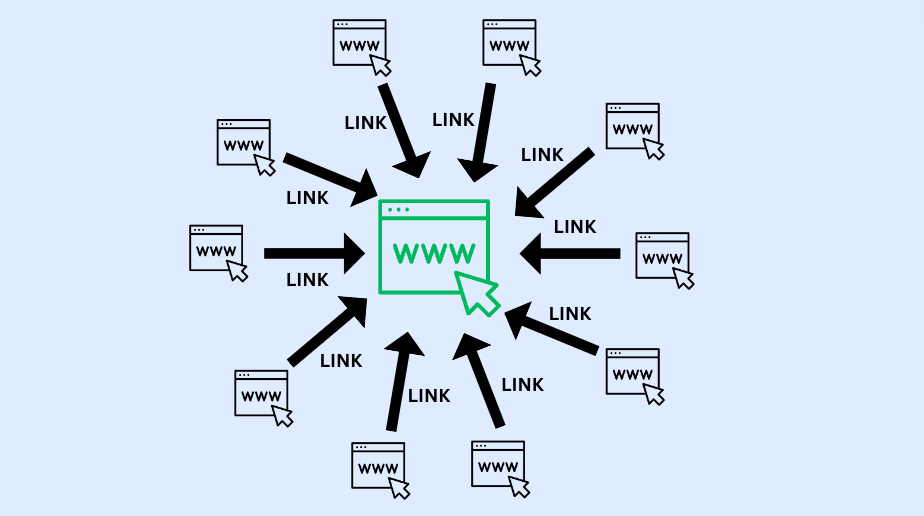
Links are like social media followers. You need those to succeed. But if you beg for those or buy them, that won’t cut it.
I’ve made a video on the topic. If you want to learn how Google can detect almost any built link make sure to watch this.
11. Be Patient
Remember that Google’s HCUs aren’t an overnight thing. If your blog traffic goes down today, it might pop back up in the next few weeks.
So don’t react to anything. Just check that your site is up and running and let it be.
If your site hasn’t picked up in 3-4 weeks, then that might be a sign to worry about.
But if you believe your content is helpful and not generic fluff, there’s usually nothing to worry about.
I never really pay attention to Google algorithm updates. My SEO strategy is so focused on usefulness and helpfulness that I rarely see any impact on my 6 domains.
12. Change the Mindset
Don’t write for the web just to make money. Instead, make your niche a better place.
Google makes helpful content updates because it knows people are abusing old parts of their ranking algorithms.
To have a solid long-term strategy on your blog, you need to work super hard. It can easily take years of full-time work to build truly useful and helpful content.
But just like in any other business, that’s the name of the game.
For a long time, on Google, one could start a website about almost anything and become rich in just a couple of years. Even in 2018-2020, this was still possible.
But I can guarantee that’s no longer the case. During 2022 and 2023 heavy updates, those older SEO strategies simply stopped working.
These days, writing a post is not about writing. It requires a ton of leg work.
I wrote this post in 3 hours. But it took 3 years to gain the experiences and knowledge that I’m confidently sharing today. 🙂
